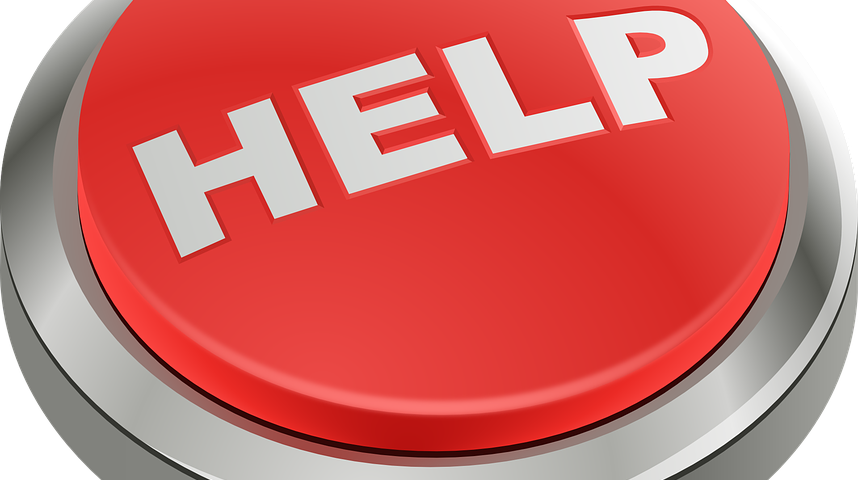
Adult Orthodontics: What Has Changed? Part 2
April 7, 2017
5 Tips for Staying Healthy This Summer
June 23, 2017For my blog post today, we are going to discuss the most common orthodontic emergencies (most of which are not true emergencies) and how to address these problems.
Soreness
After getting yours braces or having an adjustment, your teeth may be a little sore for the first 24-48 hours. Try to stick to soft foods like yogurt, mashed potatoes, or pastas that are easier to chew. The discomfort should improve within a few days. Adults tend to take a couple extra days to adapt. If you need it, you can always take an over-the-counter pain reliever (what you take for a headache) to help relieve any soreness.
Poking wires
Always check before you leave our office to make sure nothing is poking or bugging you. If you notice a poking wire when at home, you can try to gently use a pencil eraser to move it away from your cheek or gum. If you cannot move the wire, try placing wax on the wire to relieve any rubbing. In cases when none of these work, you should call your orthodontist’s office. In certain cases, the wire can be carefully cut with a nail clipper or fingernail scissors. If you cut the wire, make sure to hold one end of the wire or place a tissue or piece of gauze around it so it can be removed from the mouth.
Food Caught Between Teeth
With braces, you will need to brush and floss after every meal. You can use floss threader or orthodontic flossers to remove any food particles between teeth. Proxy brushes can also be helpful to clean under the orthodontic wires. Always ask your orthodontist if you need recommendations on the best products to use.
Canker Sores
Sometimes patients can develop mouth sores on the lips, cheeks, or tongue when adapting to braces or even Invisalign trays. Most of these sores heal on their own in 1-2 weeks. You can use orthodontic wax on the bracket or the tray that is near the sore to help the discomfort. If you need extra relief, you can use an oral topical anesthetic such as Ora-gel or Orabase.
Broken Brackets
Brackets can be broken by sticky, chewy, or hard foods as well as by being struck in the mouth while playing sports, etc. Always try to avoid these foods and wear a mouthguard when playing contact sports. If a bracket is broken, call your orthodontist’s office. Sometimes it is necessary to come in for an emergency appointment to replace the bracket. Other times, you may be advised to wait until your scheduled appointment. If you have the broken bracket, put it in a zip-loc bag and bring it with you to your next appointment.
Swallowing Piece of an Appliance
If a bracket or a piece of another type of appliance is swallowed, monitor for excessive coughing or difficulty breathing. If this is the case, the piece of the appliance may have been aspirated. You should call your orthodontist office immediately if you notice these symptoms.
Trauma to the Teeth / Jaws
If a patient has any trauma to the teeth or face during treatment, contact your orthodontist immediately. Always remember to wear a mouthguard when playing sports.
*If there is ever a question, please call your orthodontist’s office and they will always be able to help!



